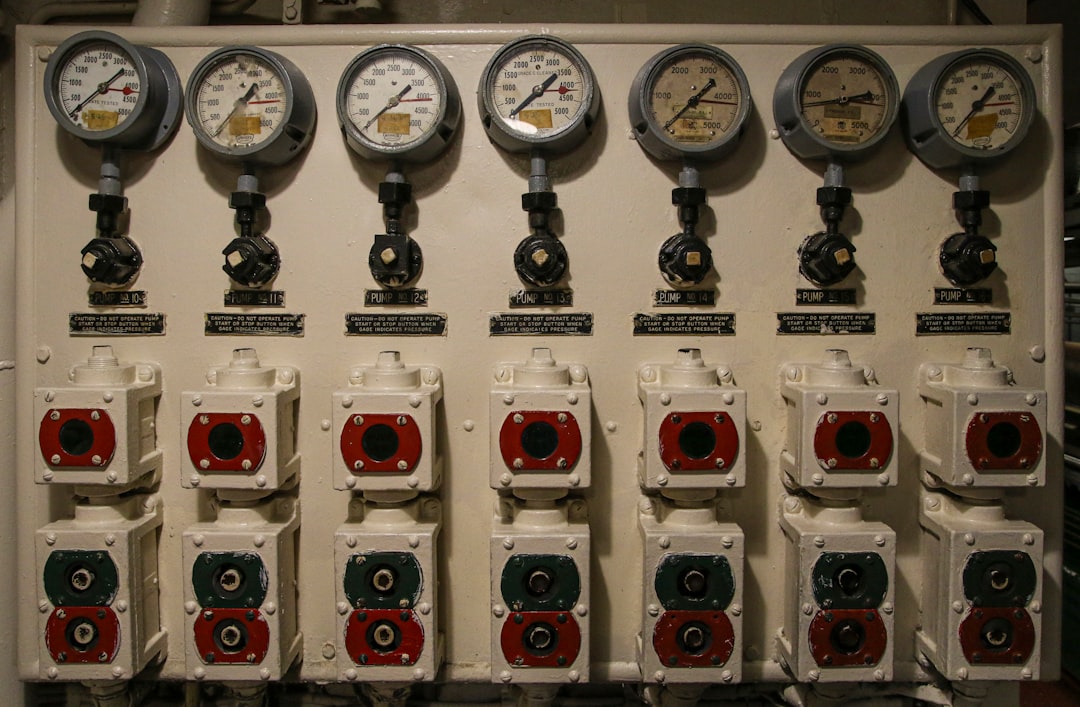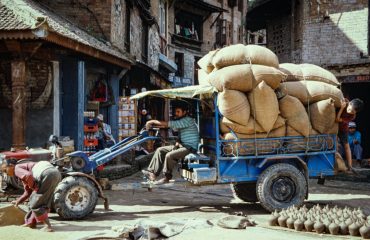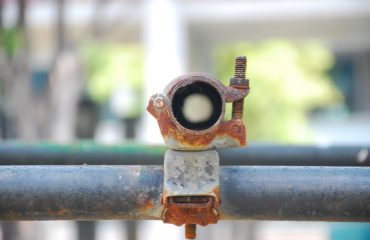The integrity of pipes is paramount across numerous industries, from oil and gas to water management and construction. A single failure can lead to significant financial losses, environmental damage, and even loss of life. Therefore, robust and comprehensive pipe product quality control systems are not just desirable – they are absolutely essential. This blog post explores the key aspects of these systems, providing a detailed understanding of the processes involved in ensuring superior pipe quality and safety.
1. Ensuring Dimensional Accuracy: The Foundation of Pipe Integrity
Dimensional accuracy forms the bedrock of pipe quality. Deviations from specified dimensions can compromise the pipe’s structural strength, its ability to fit correctly within a system, and its overall performance. Quality control in this area involves meticulous measurements at various stages of production. This includes:
- Regular checks using calibrated measuring instruments: Vernier calipers, micrometers, and laser measurement systems are employed to ensure that the outer diameter, inner diameter, wall thickness, and length of the pipe conform precisely to the design specifications. Statistical Process Control (SPC) charts are often used to monitor trends and identify potential issues early on.
- Straightness and roundness testing: Pipes must be straight and round to ensure consistent flow and prevent stress concentrations. Specialized equipment is used to assess these parameters, detecting any deviations that could impact performance.
- End-face inspection: The ends of the pipes must be properly finished to ensure a leak-free connection. Inspection involves checking for burrs, imperfections, and ensuring the correct bevel angle for welding.
2. Rigorous Material Testing: Verifying Raw Material Quality
The quality of the raw materials used in pipe manufacturing directly impacts the final product’s performance. Thorough material testing is crucial to ensure that the chosen materials meet the required specifications and possess the necessary properties for the intended application. This typically involves:
- Chemical composition analysis: Spectrographic analysis verifies that the chemical composition of the raw materials (e.g., steel, plastic, etc.) aligns with the specified standards. This is crucial for ensuring the material’s strength, corrosion resistance, and other critical properties.
- Mechanical property testing: Tests such as tensile strength, yield strength, elongation, and hardness are conducted to assess the material’s ability to withstand stress and strain. These tests ensure that the pipe can handle the expected pressures and loads.
- Non-destructive testing (NDT) of raw materials: Methods like ultrasonic testing or magnetic particle inspection can be used to detect flaws or defects within the raw materials before they are processed into pipes, preventing the use of substandard materials.
3. Pressure Testing: Validating Pipe Strength and Integrity
Pressure testing is a critical step in verifying the pipe’s ability to withstand the operating pressures it will encounter in its intended application. This involves subjecting the pipe to a pressure significantly higher than its working pressure to identify any weaknesses or leaks. Different testing methods exist, including:
- Hydrostatic testing: This involves filling the pipe with water and applying pressure. Leaks are detected visually or with specialized leak detection equipment.
- Pneumatic testing: This uses compressed air instead of water. It is faster but requires careful monitoring to prevent potential hazards.
- Burst testing: This involves applying pressure until the pipe fails. This destructive test provides data on the pipe’s ultimate strength and burst pressure.
4. Non-Destructive Testing (NDT): Detecting Hidden Flaws
NDT techniques are employed to detect internal flaws and defects in the pipe without causing damage. These methods are crucial for ensuring the long-term reliability and safety of the pipe. Common NDT methods include:
- Ultrasonic testing (UT): Uses sound waves to detect internal flaws like cracks, voids, and inclusions.
- Radiographic testing (RT): Uses X-rays or gamma rays to create images of the pipe’s internal structure, revealing any defects.
- Magnetic particle testing (MT): Detects surface and near-surface flaws in ferromagnetic materials.
- Eddy current testing (ET): Detects surface and subsurface flaws in conductive materials.
5. Traceability Systems: Maintaining a Clear Chain of Custody
A robust traceability system is essential for tracking the pipe throughout its entire lifecycle, from raw material sourcing to final installation. This enables identification of the source of any potential defects and facilitates prompt corrective actions. Key elements of a traceability system include:
- Unique identification numbers: Each pipe is assigned a unique identifier that can be tracked throughout the production process and beyond.
- Detailed production records: Comprehensive records are maintained, documenting all aspects of the manufacturing process, including material used, testing results, and inspection reports.
- Digital databases: Digital databases store all traceability information, providing easy access to the history of each pipe.
- Batch tracking: Allows for tracking of entire batches of pipes, facilitating efficient recall procedures if necessary.
Implementing comprehensive pipe product quality control systems is crucial for ensuring the safety, reliability, and longevity of pipe infrastructure. By adhering to rigorous standards and employing advanced testing techniques, manufacturers can significantly reduce the risk of failures and maintain the highest levels of quality.
SEO-Friendly Tags:
- Pipe Quality Control
- Pipe Inspection
- Non-Destructive Testing (NDT) Pipes
- Pipe Manufacturing Quality Assurance
- Pressure Testing Pipes




